Class IX: Chapter 5 (Natural Vegetation & Wildlife) Questions & Answers
Q1. Define Virgin Vegetation.
Ans: The vegetation which has been left undisturbed by humans for a long time is called virgin vegetation. The virgin vegetation, which are purely Indian are known as endemic or indigenous species but those which have come from outside India are termed as exotic plants.
Q2. Define an ecosystem.
Ans: All the plants and animals in an area are interdependent on each other. The plants and animals, along with their physical environment make the ecosystem. Interrelation between plants and animals in the natural environment is called Ecosystem.
Q3. What factors are responsible for the distribution of plants and animals in India?
Ans: Factors responsible for the distribution of plants and animals in India are:
(a) Relief: Land and soil
(b) Climate: Temperature, Humidity, Photoperiod and Precipitation.
Q4. What is a bio-reserve? Name the four biosphere reserves in India which have been included in the world network of Biosphere reserves.
Ans: A biosphere reserve is an area of land or water that is protected by law in order to support the conservation of ecosystems, as well as the sustainability of mankind's impact on the environment.
Four biosphere reserves in India which have been included in the world network of Biosphere reserves are:
(a) Sunderbans in West Bengal
(b) Nanda Devi in Uttaranchal,
(c) The Gulf of Mannar in Tamil Nadu
(d) The Nilgiris (Kerala, Karnataka and Tamil Nadu).
Q5. Quite a few species of plants and animals are endangered in India. Why?
Ans: Species of some plants and animals are on the verge of extinction as their population has decreased considerably. Such species are known as "Endangered Species".
Following are the reasons behind species becoming endangered:
(a) Increase in population.
(b) Urbanization and Industrialization.
(c) Large scale deforestation.
(d) Pollution.
(e) Hunting for pleasure and commercial purpose, etc.
Q6. Name different types of Vegetation found in India and describe the vegetation of high altitudes.
Ans: There are five major types of vegetation in India: Tropical Rainforests, Tropical Deciduous Forests, Tropical Thorn Forests and Scrubs, Montane Forests and Mangrove Forests.
Montane Forest:
(a) The forests in the mountainous areas are called montane forest.
(b) Different types of vegetation are found at different altitudes in the mountains.
(i) The wet temperate type of forest is found between a height of 1000 and 2000 meter. Evergreen broad-leaf trees such as oak and chestnut abound in such forests.
(ii) Between the heights of 1500 and 3000 meters, Coniferous trees; like Pine, Deodar, Silver Fir, Cedar, etc. are found.
(iii) At the height of 3600 meters, alpine vegetation is found; such as Silver Fir, Junipers, Pines, Birches, etc. are found.
(iv) At the higher altitude Tundra vegetations are found; such as Mosses and Lichens.
(c) Kashmir Stag, Wild Sheep, Yak, Snow Leopard, Bear, Rare Red Panda, etc. are the common animals in these forests.
Q7. Distinguish between Tropical Thorn Forests and Scrubs Forest and Mangrove Forests.
Ans:
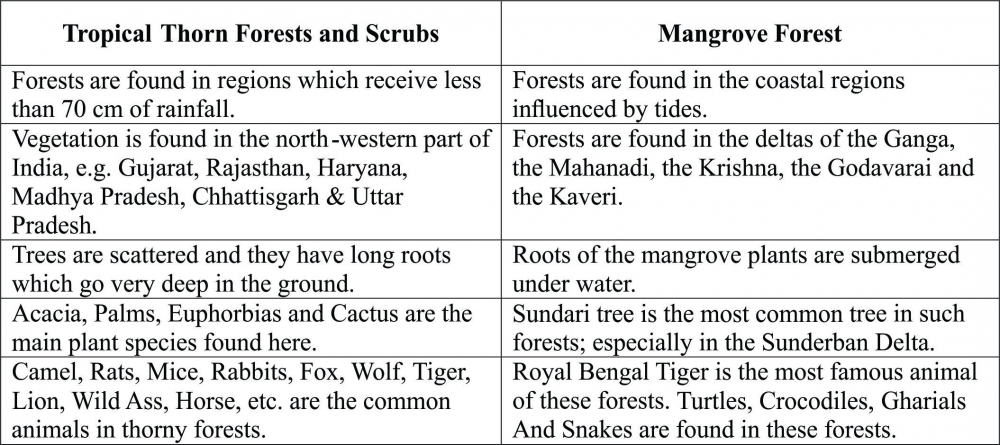
Q8. Distinguish between Tropical Evergreen Forest and Deciduous Forests.
Ans:
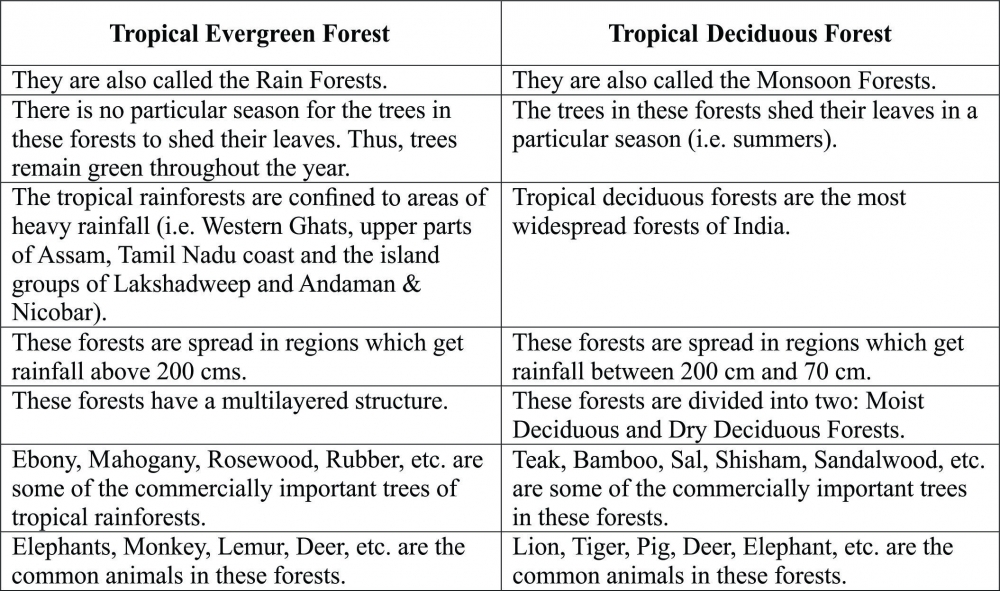
Q9. In India, what are the various steps taken to conserve forest and wildlife?
Ans: Following are few steps that have been taken to conserve forest and wildlife:
(a) National Forest Policy framed by the government should be implemented.
(b) National Parks, Wildlife Sanctuaries, Bioreserves, Botanical Gardens have been setup.
(c) Special Projects (E.g. Project Tiger, Project Elephant, etc.).
(d) Celebration of Van Mahotsav. Every National festival is followed by tree plantation ceremony.
(e) Controlling of deforestation and overgrazing. Large scale afforestation or planting of tress is undertaken.
(f) Social Awareness Programmes to be implemented.
(g) Wildlife Protection Act 1972.
Q10. On the outline map of India, label the following:
(A) Four Biosphere reserves in India, included in the world network of Biosphere reserves.
(B) Two National Parks each in Northern parts of the Country.
(C) Two National Parks each in Southern parts of the Country.
(D) Two National Parks each in Eastern parts of the Country.
(E) Two National Parks each in Western parts of the Country.
Ans:
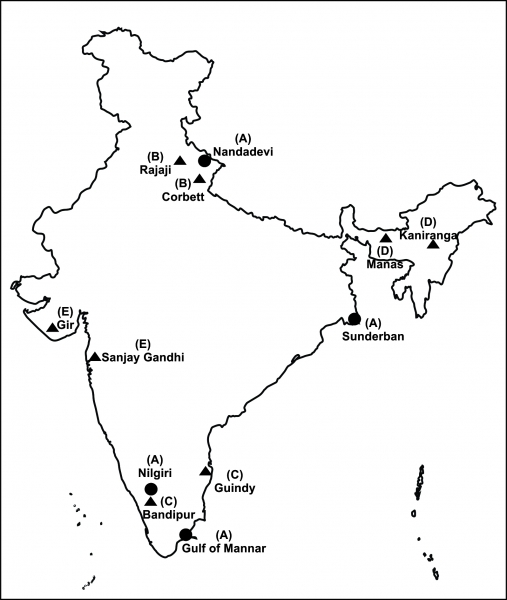
-----x-----X-----x-----

 map work_2_o.jpg)
_0_o.jpg)

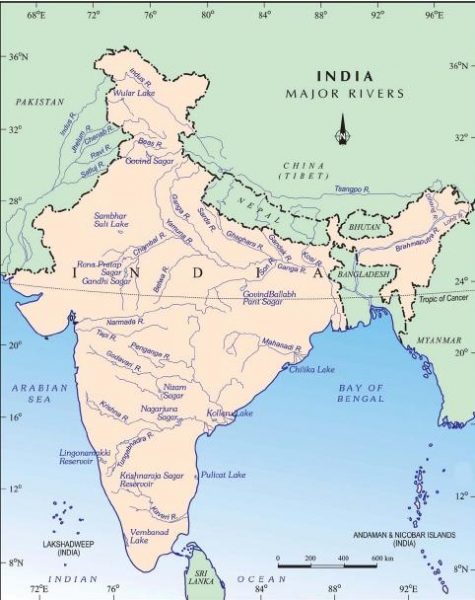
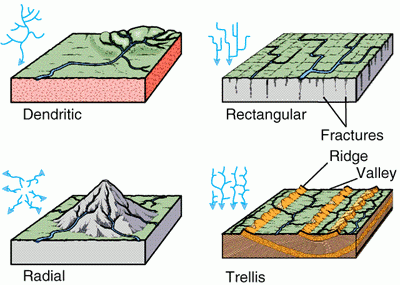
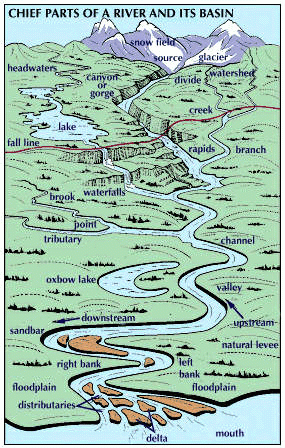

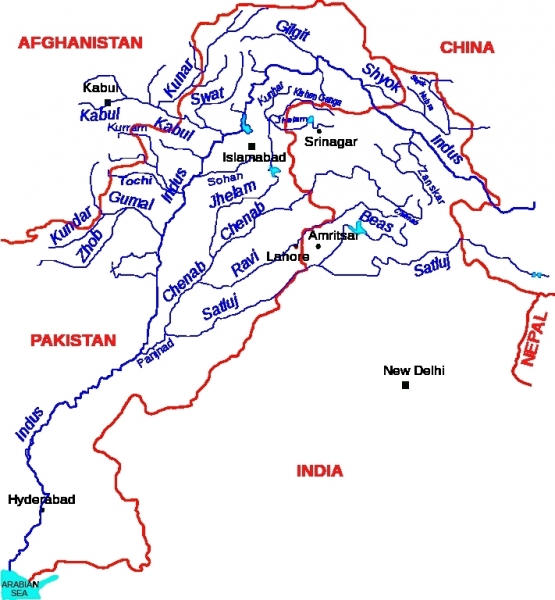
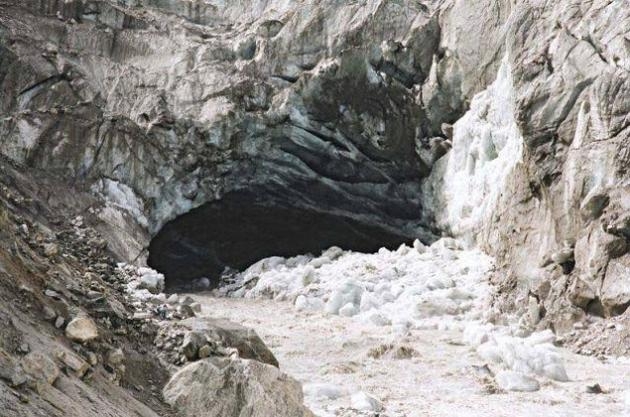
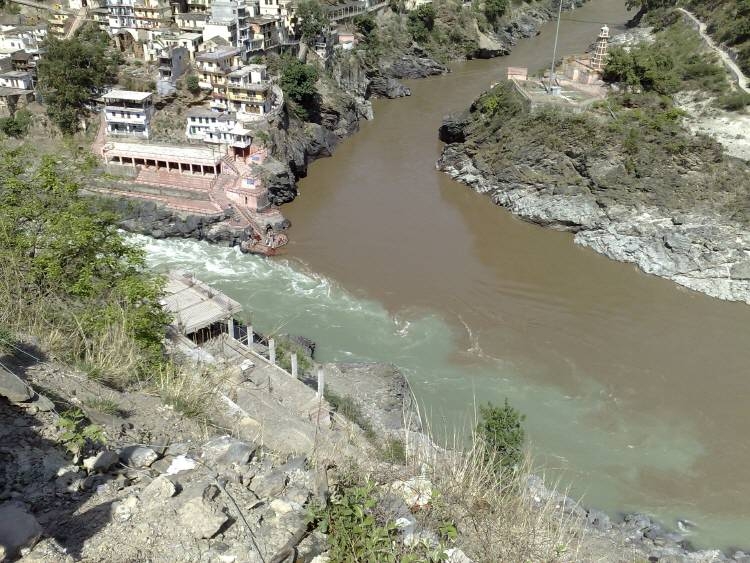
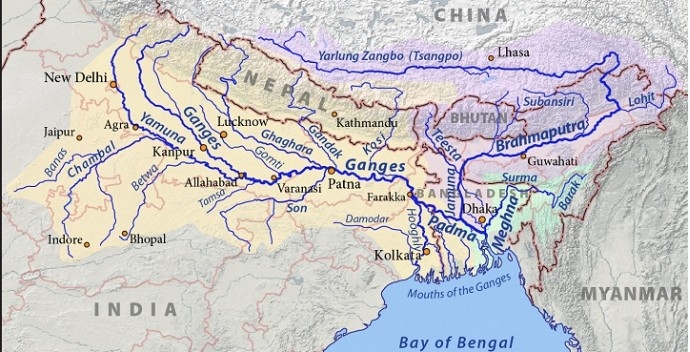

_0_o.jpg)


. eastern & western ghats_2_o.jpg)
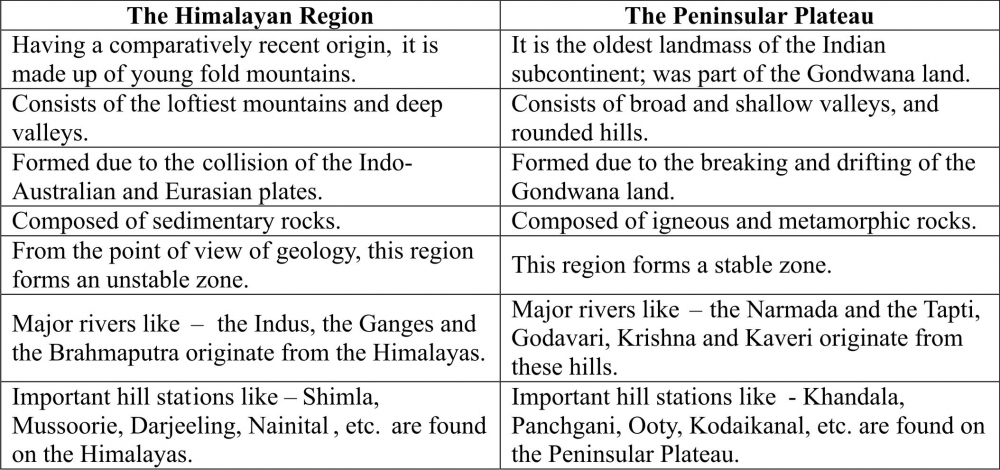
 2017-18_0_o.jpg)